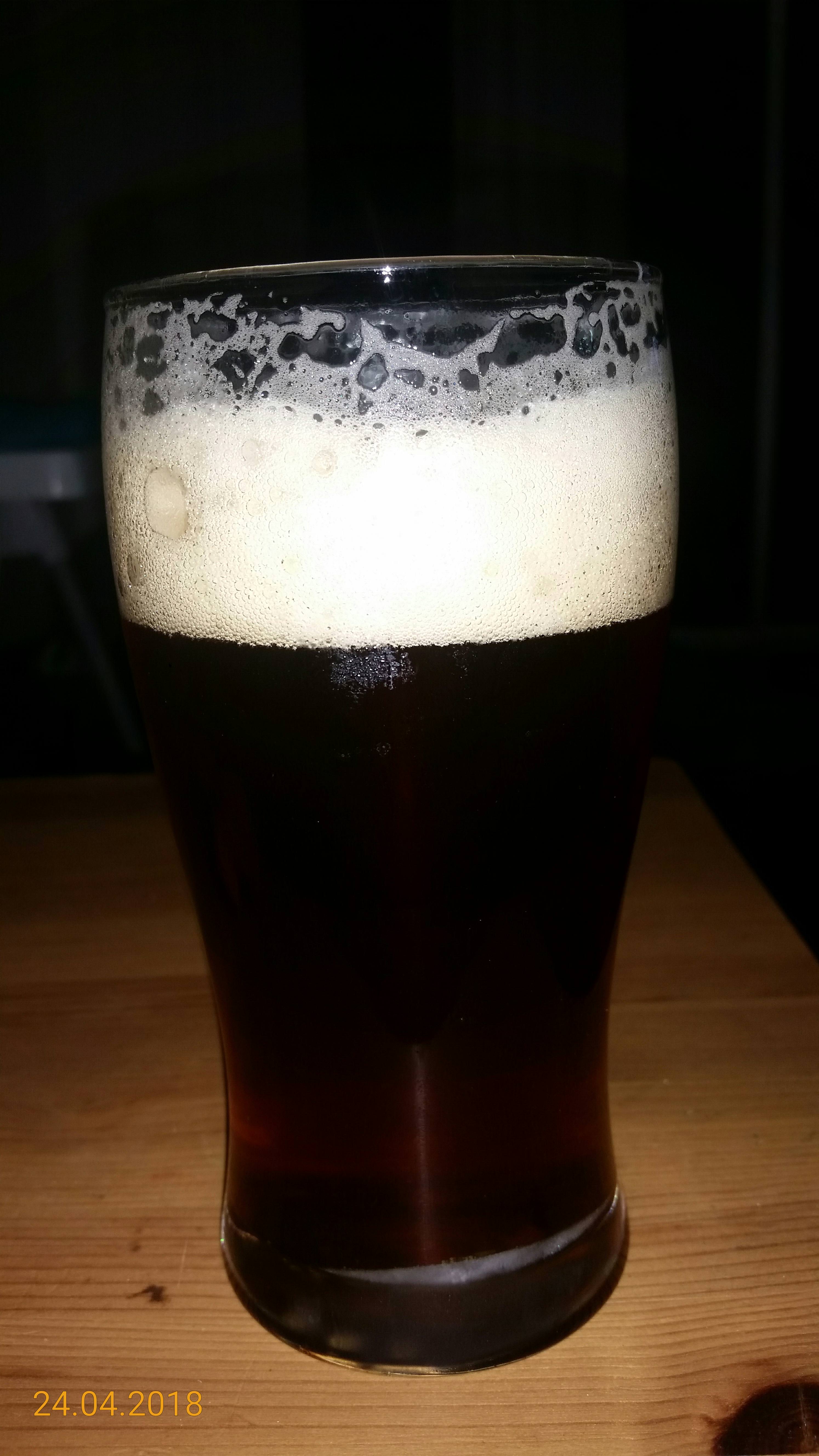ukphiltr7
Well-Known Member
I have done three brews now, 2 craft beers and one Coopers Larger that came with the kit. Each time I have not been too happy with the head. The head on the beers have been a bit hit and miss. Sometimes the larger will give a nice head that does not last and some just are as lifeless as flat coke. The other two ales are pretty much the same.
When I finish the bottle, I always wash it out with water and drain it off. When washing, the first bit of water mixes with the sediment and had a fantastic head. So last night I had the first glass, where the head went quite quick. Then before I filled the glass, I shook it up (in the bottle) and the head on it was great. It lasted till the end of the glass and left traces down the glass as I drunk it. The head I always wanted. However, (and there always is), the drink which is normally clear, was now cloudy, as you may suspect, if I am shaking the sediment up.
So if I want a nice head on the larger, I have to have it cloudy. Is there anything that I can do to get drinks with a nice head and keep it, whilst at the same time having a nice clear drink? Or is there any advice that you guys can give me to go forward?
I now do the 2 – 2 – 2 method and I add two carb drops per 750ml PET bottle. I will be trying a tbls of sugar in the next bottles and then going up to 1.5 and 2 tbsl.
When I finish the bottle, I always wash it out with water and drain it off. When washing, the first bit of water mixes with the sediment and had a fantastic head. So last night I had the first glass, where the head went quite quick. Then before I filled the glass, I shook it up (in the bottle) and the head on it was great. It lasted till the end of the glass and left traces down the glass as I drunk it. The head I always wanted. However, (and there always is), the drink which is normally clear, was now cloudy, as you may suspect, if I am shaking the sediment up.
So if I want a nice head on the larger, I have to have it cloudy. Is there anything that I can do to get drinks with a nice head and keep it, whilst at the same time having a nice clear drink? Or is there any advice that you guys can give me to go forward?
I now do the 2 – 2 – 2 method and I add two carb drops per 750ml PET bottle. I will be trying a tbls of sugar in the next bottles and then going up to 1.5 and 2 tbsl.





